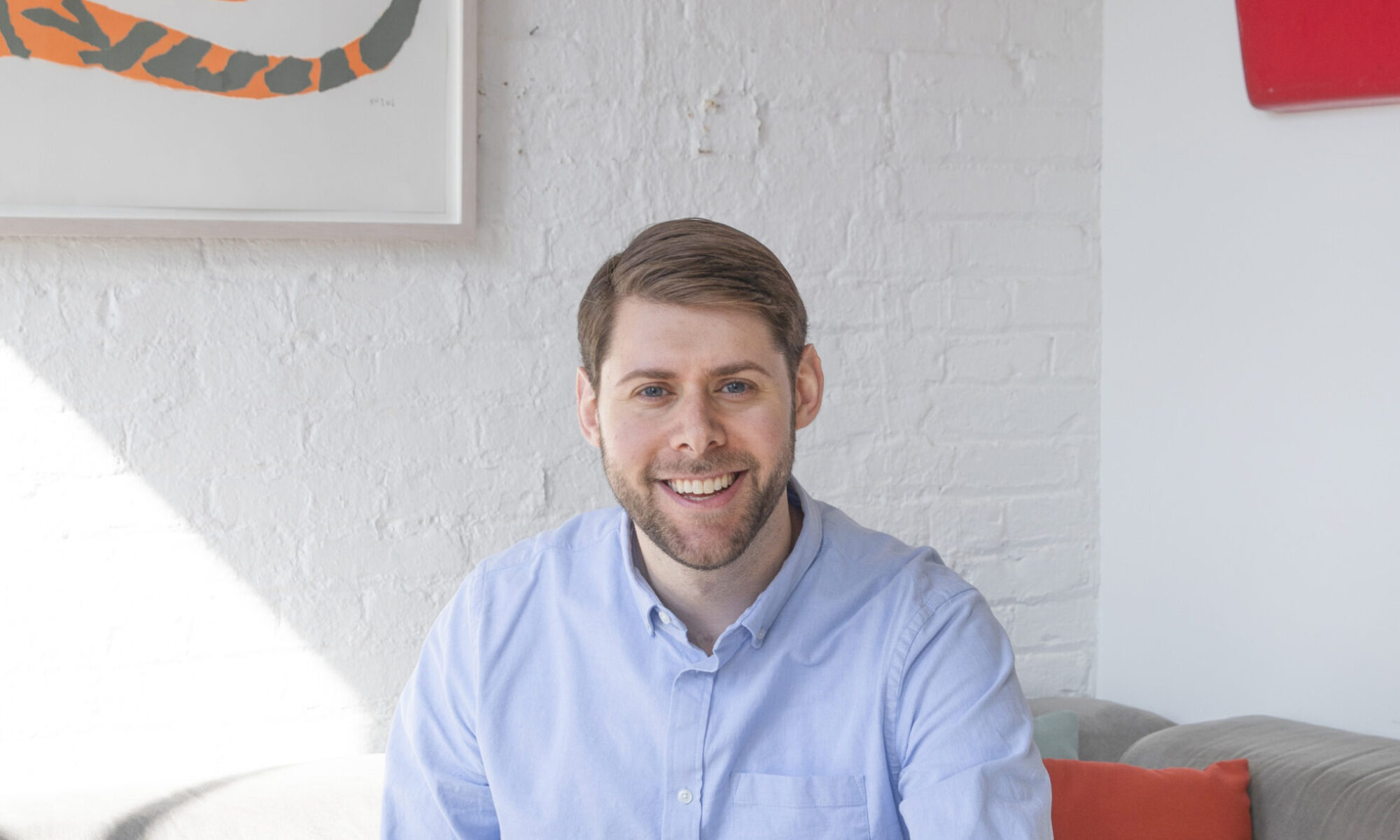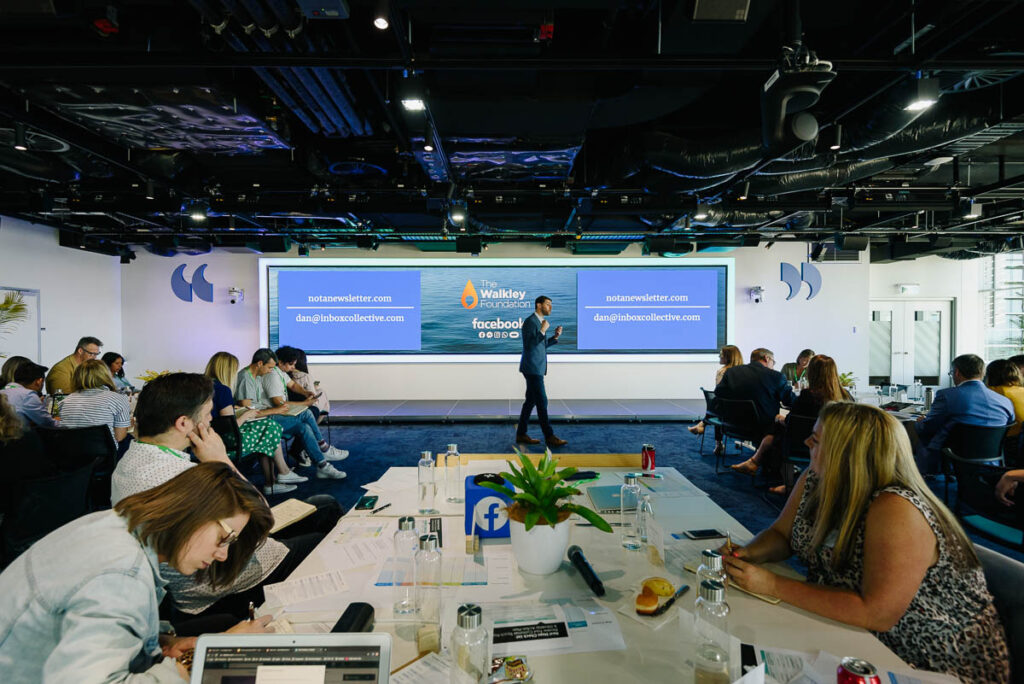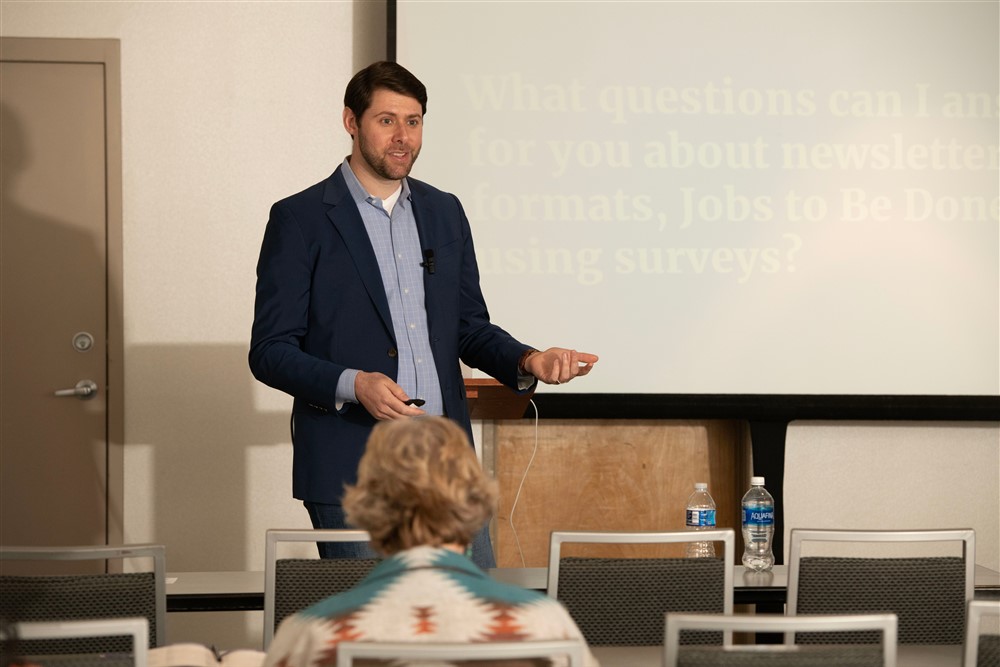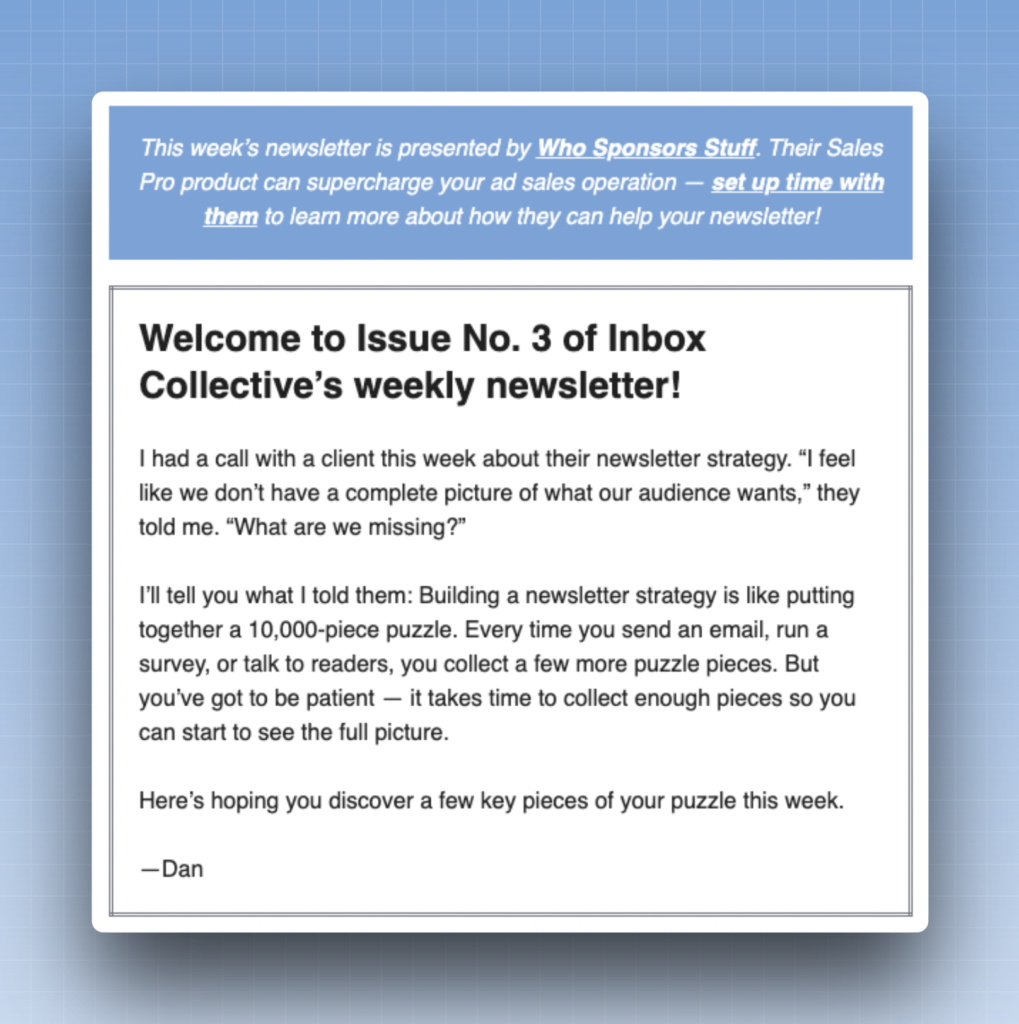
I’ve just finished Jonathan Eig’s biography, “King: A Life.” It’s a remarkable portrait of Martin Luther King, Jr.
I found myself jotting down lines and quotes as I read through the book, but one stuck with me. It comes at a rare quiet moment in what Eig describes as the non-stop travel schedule that was the final dozen years of Dr. King’s life. It comes at a moment when he’s talking to two ordinary Americans, trying to keep their spirits up.
“We ain’t what we want to be, and we ain’t what we gonna be,” he tells them.
King had a vision both simple and radical, one that pushed for huge changes in our society. Those dreams are still unfulfilled today.
And yet, there’s that quote, something he said not in a pulpit or in front of a camera — the promise of better days tomorrow, of change ahead, for each of us, and for a nation.
We go still, onward. We are not yet finished today.
———
That’s a photo of the “I Am a Man” mural in Memphis, Tennessee. The mural was created by Marcellous Lovelace with BLK75. The photo was taken by Joshua J. Cotten for Unsplash.









